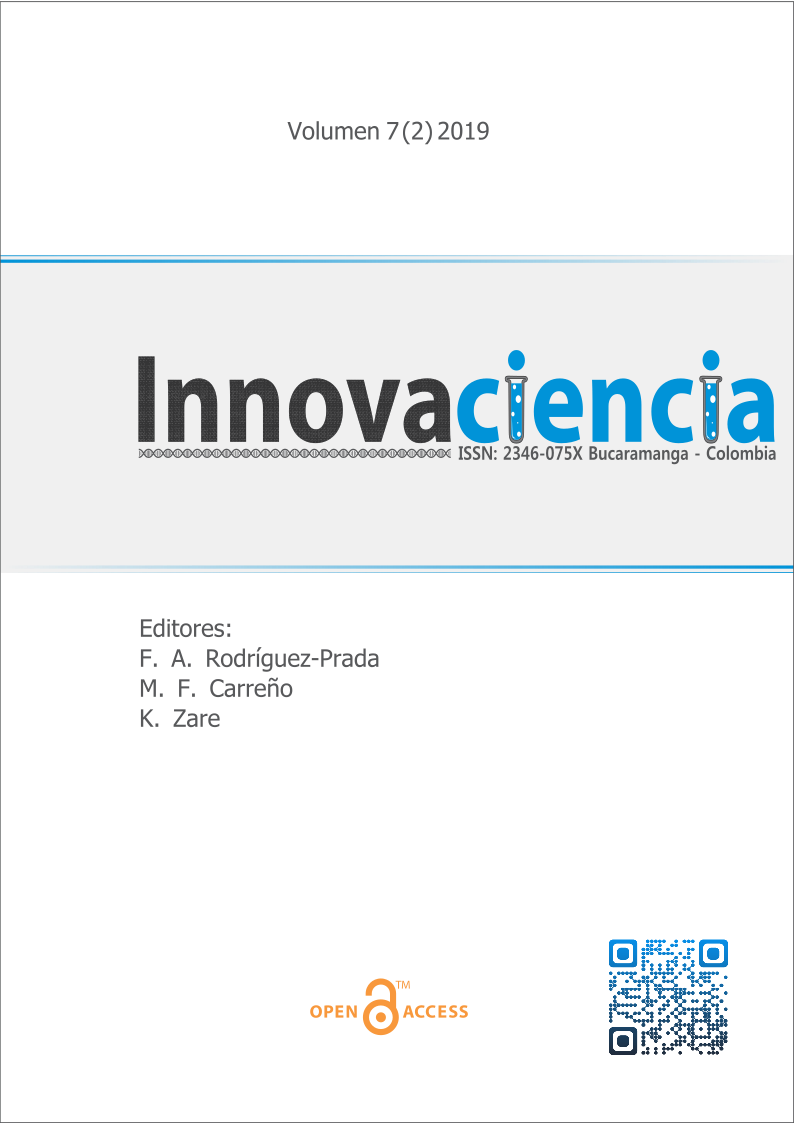A comparative study of Timurid mosques with Evolved Gothic Churches
DOI:
https://doi.org/10.15649/2346075X.762Keywords:
Comparative study, Timurid, Evolved Gothic, ArchitectureAbstract
Considering the wealth of glorious religious buildings in the Timurid period in Iran, which was
contemporaneous with the Evolved Gothic period in Europe, a comparative study has been undertaken
to explore the architectural effects of these two periods on each other along with their similarities and
differences. This is an applied historical research that adopts a library research method for data collection.
By studying the political, economic, and cultural conditions of these periods and by reviewing five
important buildings belonging to each period, the similarities and disparities of these two architectural
styles are investigated to shed further light on the interaction of the Timurid and Evolved Gothic
architecture. Despite the geographic distance, and religious and culture different between the Timurid
period in Iran and the Evolved Gothic in Europe, which overshadows the interaction of these two
periods, one can still witness that the religious architecture of the Evolved Gothic period has been
inspired by Timurid architecture in some respects, including building materials, interior decoration of
buildings and architectural style.
References
Razi, Abdullah (1962). Complete History of Iran. Edited by Kazem Kazemzadeh Iranshahr, Tehran: Tabesh.
Blair, Sheila and Jonathan Bloom (2002). Islamic Art and Architecture. Translated by Yaghub Azhand, Tehran: SAMT.
Blair, Sheila and Jonathan Bloom (2003). Islamic Art and Architecture in Iran and Central Asia during the Period of the Ilkhanis and Timurid.
Wilber, Donald and Lisa Glambeck (1995), Timurid Architecture in Iran and Turan. Translated by Karmatullah Afsar and Mohammad Yousef Kiani. Tehran: Heritage Organization of Iran
Hillen Brand, Robert, (2006). Islamic Art and Architecture. Translated by Ardeshir Eshraqi, Tehran: Rozaneh.
Mirjafari, Hossein (2000). History of political, social, economic and cultural changes of Iran during the Timurid and Turkmens. Tehran: SAMT.
Damand, Maurice Auson (2004). A guide to Islamic industries. Translated by Abdollah Faryar, Tehran: Elmi va Farhangi publication.
Pirnia, Karim, (2007). Stylistics of architecture in Iran. Edited by Gholam Hossein Memarian, Tehran: Soroush Danesh.
Goshayesh, Farhad (2000). The history of Art in Iran and the world. Tehran: Efaf.
Crandel, Ansisir, (2005). The history of art in Middle Ages. Translated by Hasan Afshar, Tehran: Markaz Publication.
Gardner, Helen. (1986). Art in the course of time. Translated by Mohammad Taghi Faramarzi, Tehran: Agah
Dornyei, Z. (2011). Transfiguration, beauty and biblical interpretation. England: University of Nottingham.
Vaziri, Ali Nagi (1984). General history of illustrated arts. Tehran: Hirmand.
Braccons, Jose (2002). A guide to Gothic art. Translated by Sima Zolfaghari, Tehran: Saghi Publishing.
Anderson, Sh. (2003). The use of candle as a symbol in worship. CCWS and the author .
Vernikos, Fr. (2013). The Meaning Of The Use Of The Candle, The Incense And The Vigil Oil Lamp . Paracletos Greek Orthodox Monastery.
USCCB. (2007). Sing To The Lord: Music In Divine Worship. United States Conference Of Catholic Bishops.
Carli, E.(215). Siena Cathedral and The Cathedral Mu seum. Italy:Lito Terrazzi
Rafiee, Mahtab, Hasti Beshrootani and Parinaz Hosseini (2009). Selection of Iranian Art History. Tehran: Chaharsuye Honar

Downloads
Published
How to Cite
Issue
Section
Altmetrics
Downloads
License
All articles published in this scientific journal are protected by copyright. The authors retain copyright and grant the journal the right of first publication, with the work simultaneously licensed under a Creative Commons Attribution-NonCommercial 4.0 International License (CC BY-NC 4.0), which permits sharing the work with authorship recognition and without commercial purposes.
Readers may copy and distribute the material from this journal issue for non-commercial purposes in any medium, provided the original work is cited and credit is given to the authors and the journal.
Any commercial use of the material from this journal is strictly prohibited without written permission from the copyright holder.
For more information on the copyright of the journal and open access policies, please visit our website.



















